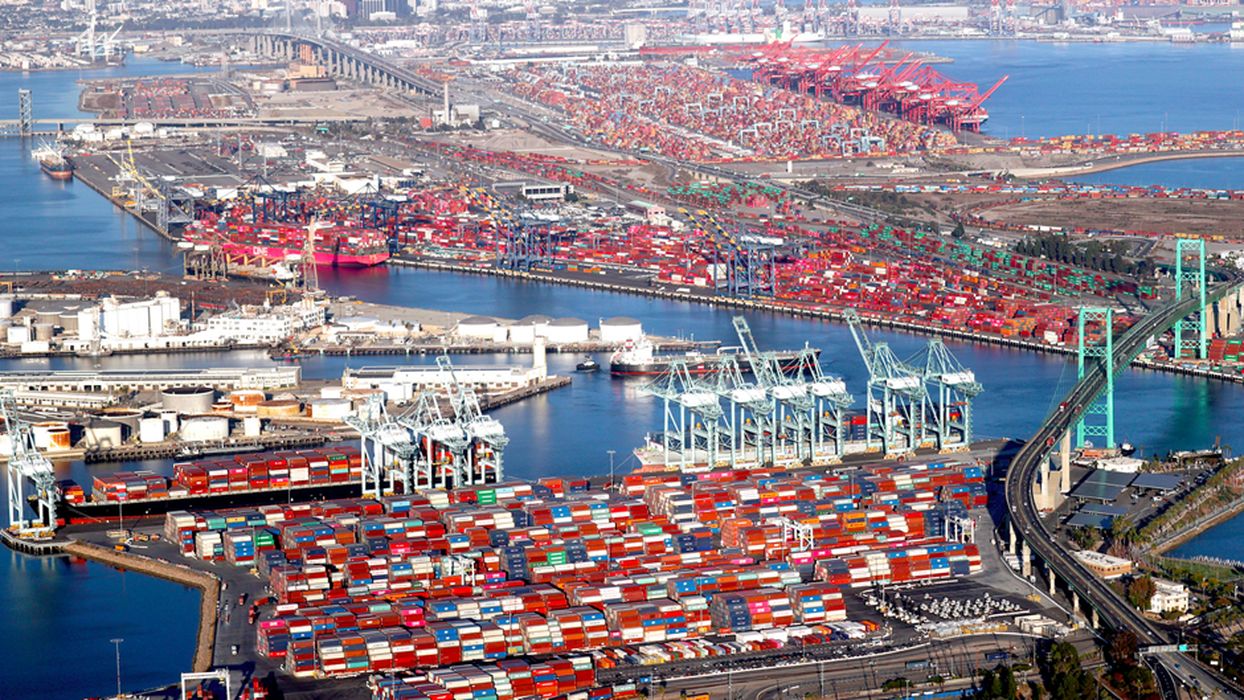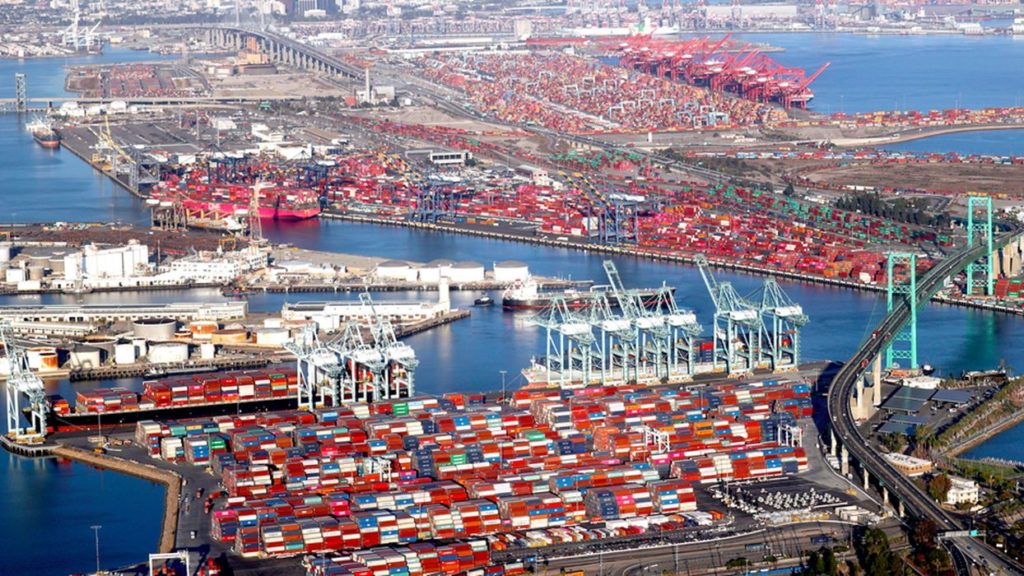
Charles R. Goulding and Andressa Bonafe examine the latest developments in additive manufacturing in Mexico. (Spanish version to follow.)
While much of the ongoing supply chain crisis can be traced back to the Covid-19 outbreak, recent events, particularly the rising prices of several goods, lead to the conclusion that issues are likely to persist. The latest World Economic Outlook by the International Monetary Fund (IMF) lists continued supply chain disruption as one of the main reasons for a predicted economic slowdown in 2022.
Coming to terms with a new normal in which cost-effective and reliable shipping is no longer a given, a growing number of manufacturers are striving to bring production closer to their customers. Known as “nearshoring”, this strategic response to supply chain instability can reduce risks, increase profits, and enhance competitiveness.
For companies targeting the U.S. market, northern Mexico is a prime destination, as proximity to the border reduces reliance on overcrowded, often unpredictable ports. Juarez, Tijuana, Reynosa, Matamoros, and Piedras Negras are examples of “magnet cities” for foreign plants. During the 1990s, the region became home to numerous maquiladoras, especially after the Nafta agreement took effect. However, competition from China resulted in economic stagnation.
The new wave of investments began in response to Trump’s tariffs on Chinese products and was accelerated by the pandemic. Despite the negative impact of Covid-19 on the Mexican economy, projections of recovery are optimistic as the country benefits from the relocation of international manufacturing plants. The IMF estimates that total GDP will amount to $1.37trn in 2022, above pre-pandemic levels.
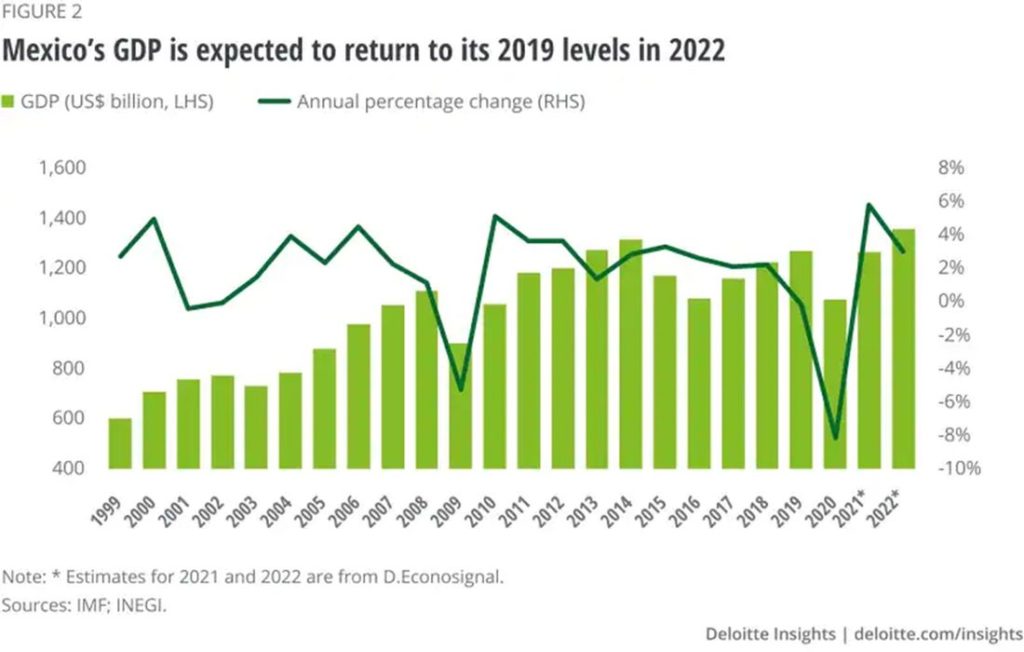
The 2021 Kearney Reshoring Index underlines that Mexico is a viable option for companies willing to diversify supply chains and enhance resilience. The report calls particular attention to the automotive, aerospace, and electrical components industries, in which the country has established infrastructure and a trained labor force.
Interest in nearshoring seems to be growing across all industries, as exemplified by toymaker Mattel, Inc.’s recent $50 million expansion of its plant in Monterrey, Mexico. Covering 2.25 million square feet, the location employs nearly 3,500 workers and is now the company’s largest plant (even larger than the ones in China, Vietnam, and Malaysia). The move is part of a broader diversification effort, in which Mattel has invested in media assets that now include movie making and Non-Fungible Tokens (NFTs).
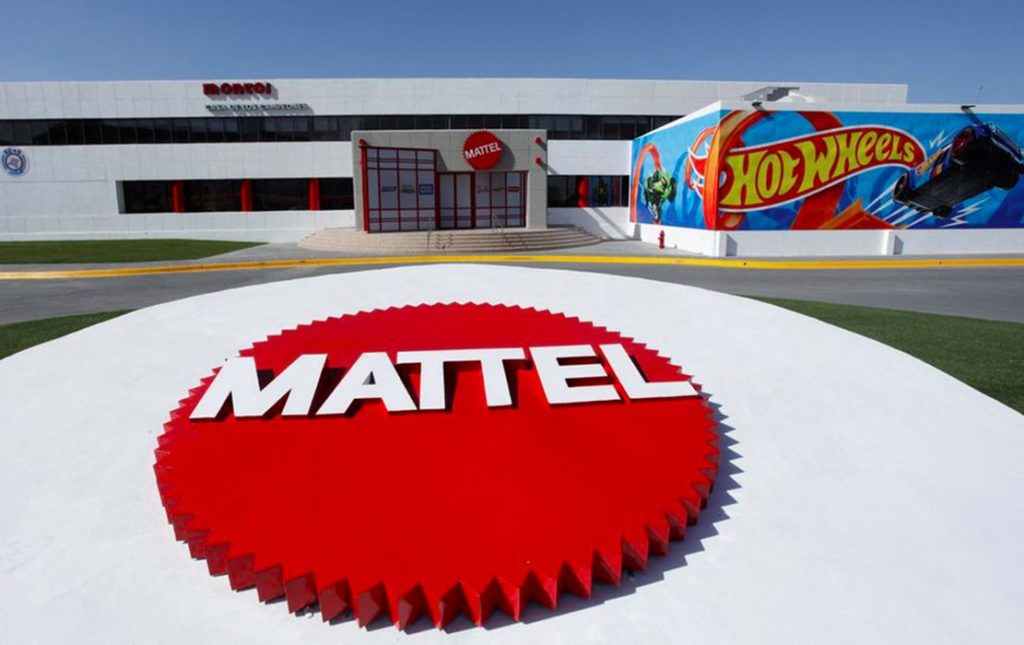
3D Printing in Mexico
Adding to Mexico’s strategic position to meet supply chain needs, the country’s growing additive manufacturing capabilities contribute to enhanced competitiveness. Examples of 3D printing in Mexico attest to the potential for innovative applications, as discussed in the following sections.
Infrastructure and construction: Mexico is implementing an ambitious infrastructure program aimed at revitalizing the country’s economy and increasing its generation capacity. In 2020 alone, 68 projects were announced, including the construction of six natural gas-powered combined cycle power plants, one natural gas pipeline, one compression station, and a liquefied natural gas export terminal. The four-year program is expected to require a US$43 billion investment, potentially generating an annual growth of more than 4 percent, and creating hundreds of thousands of jobs. The potential for 3D printing applications is enormous, ranging from concrete, fasteners, and tools to telecom antennas and water/sewer projects. In fact, Mexico has been home to exciting 3D printing developments in construction, particularly the world’s first 3D printed community located in Tabasco.
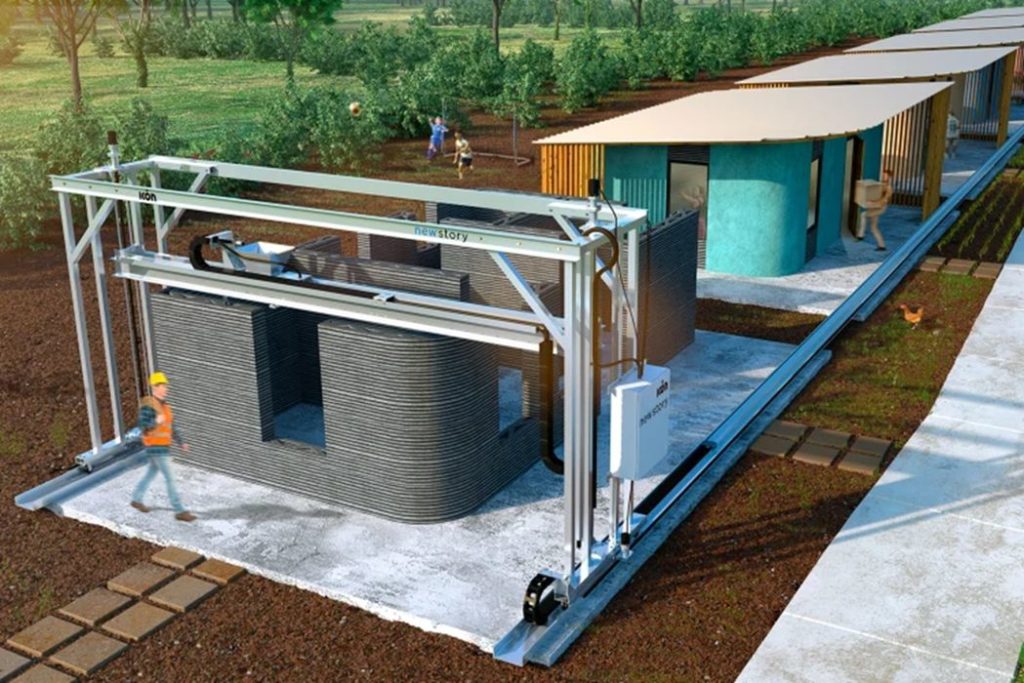
Oil and gas: 3D printing technologies can be greatly beneficial to the oil and gas industry. Among the most relevant opportunities are the potential to decrease time to market in tightly scheduled projects and to provide replacement parts for legacy equipment often situated in remote areas. In this context, avoiding costly downtime that usually accompanies the replacement of critical parts would represent major savings and greater competitiveness. Among the largest companies in Latin America, Petroleos Mexicanos (Pemex) is a producer, refiner, and distributor of crude oil, natural gas, and petroleum products. Similar to other state-owned oil and gas companies, such as Brazil’s Petrobras, Pemex shows great potential to take advantage of additive manufacturing, particularly metal applications.
Automotive parts: The automotive industry in Mexico has traditionally benefited from nearshoring practices, attracting carmakers from around the globe along with numerous suppliers. Considering pre-pandemic data, Mexico Business News points out that vehicle production increased by 66 percent between 2010 and 2019, reaching 3.75 million units in 2019, while exports increased 188.4 percent in value to reach US$11.8 billion as of December 2019.
Despite the challenges that ensued from the Covid-19 pandemic, Mexico’s automotive sector is poised to remain strong and develop an enhanced focus on technological innovation. The pandemic has underlined the value of 3D printing as a means to produce automotive parts with far less overhead and trickle-down cost savings through the supply chain.A telling example comes from American multinational automotive supplier BorgWarner, which expanded its manufacturing facility in Ramos-Arizpe, Mexico in 2015 to meet increasing demand for emissions technologies in North America. BorgWarner has been at the forefront of 3D printing innovation with ever growing applications to increase cost-efficiency and automation.
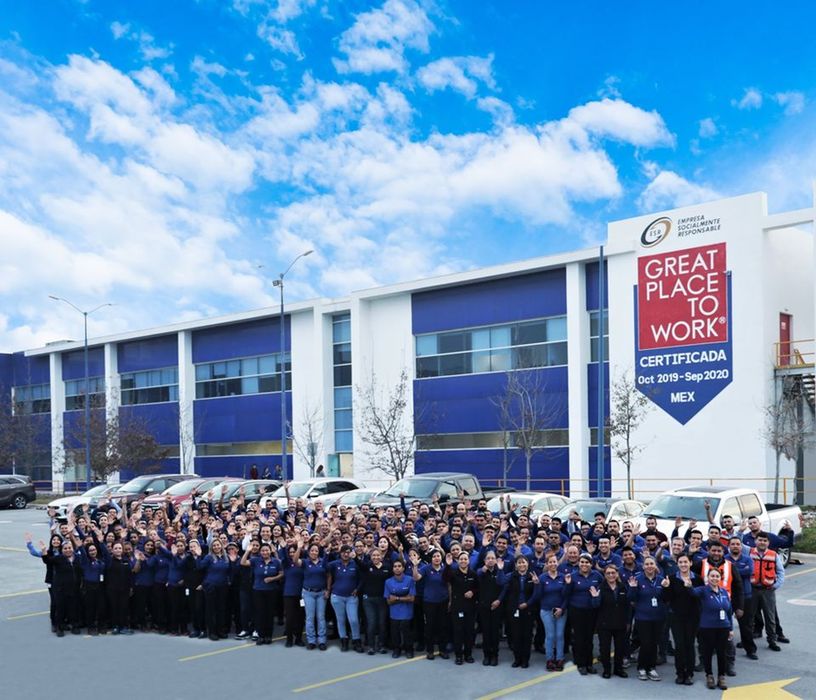
Fashion: 3D printing has made its way into the fashion industry, helping push the boundaries of design and functionality. From record-breaking footwear to smart fabrics, additive manufacturing plays an increasingly central role in a variety of innovative efforts. Supply chain and geopolitical disruptions have fueled a renewed interest in nearshoring for fashion brands. Mexico is home to an important footwear cluster that includes international companies such as Nike, Crocs, and Louis Vuitton. More widespread 3D printing adoption could further enhance competitiveness and consolidate the country’s position as a global hub for apparel manufacturing.
While facing the challenges of supply chain disruptions, U.S.-based companies should consider the potential benefits of bringing production closer to home. These companies can also take advantage of R&D tax credits to support their innovative efforts, as described below.
The Research and Development Tax Credit
The now permanent Research and Development (R&D) Tax Credit is available for companies developing new or improved products, processes and/or software.
3D printing can help boost a company’s R&D Tax Credits. Wages for technical employees creating, testing, and revising 3D printed prototypes can be included as a percentage of eligible time spent for the R&D Tax Credit. Similarly, when used as a method of improving a process, time spent integrating 3D printing hardware and software counts as an eligible activity. Lastly, when used for modeling and preproduction, the costs of filaments consumed during the development process may also be recovered.
Whether it is used for creating and testing prototypes or for final production, 3D printing is a great indicator that R&D Credit eligible activities are taking place. Companies implementing this technology at any point should consider taking advantage of R&D Tax Credits.
Conclusion
Mexico is particularly well-equipped to respond to the many challenges of the new global supply chain. As a growing number of companies make the strategic decision to bring production closer to their end customers, Mexico’s great potential for 3D printing application promise additional gains in efficiency.

